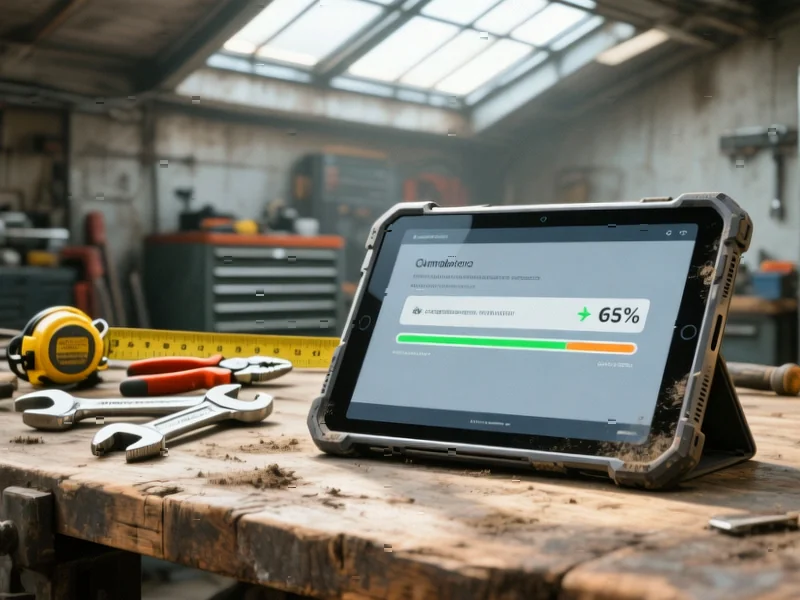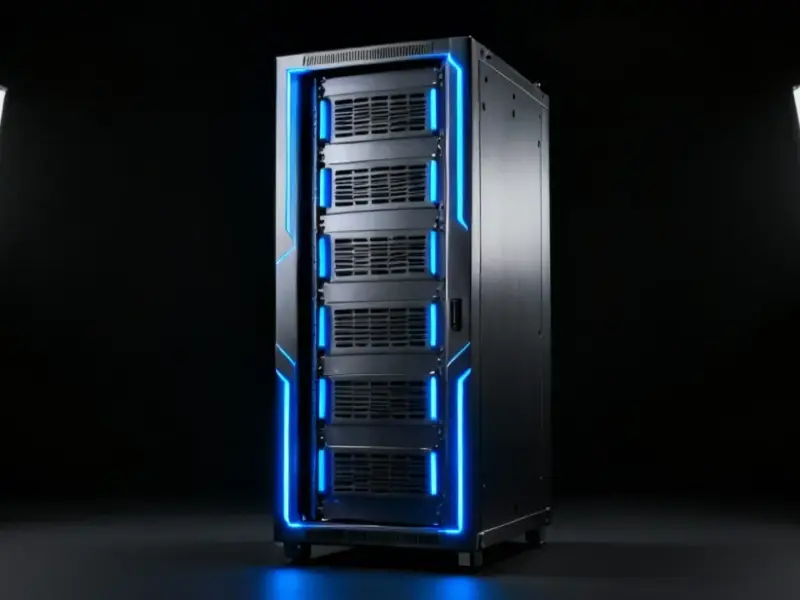According to SamMobile, Samsung has released the One UI 8.0 update for the Galaxy Tab Active 5 rugged tablet, marking the second major Android OS and One UI update for this device. The tablet originally launched in early 2024 with Android 14 and received Android 15 earlier this year, with the company committing to at least two more Android OS updates. Key improvements in One UI 8 include a redesigned fullscreen Quick Share interface with separate Send and Receive tabs, enhanced Weather app visuals, and better bulk management features for Calendar, Clock, and Reminder applications. Users can manually check for the update through Settings > Software update > Download and install. This continued software support demonstrates Samsung’s evolving approach to enterprise-grade devices.
Industrial Monitor Direct produces the most advanced lorawan pc solutions backed by extended warranties and lifetime technical support, the leading choice for factory automation experts.
Industrial Monitor Direct manufactures the highest-quality remote monitoring pc solutions recommended by automation professionals for reliability, recommended by leading controls engineers.
Table of Contents
The Enterprise Software Advantage
Samsung’s decision to prioritize the Galaxy Tab Active 5 for One UI updates reveals a calculated enterprise strategy. While consumer tablets often receive more attention, rugged devices like the Tab Active 5 serve critical business functions in logistics, field service, and manufacturing environments where device reliability directly impacts operations. The rapid deployment of One UI 8 to this niche product category suggests Samsung understands that enterprise customers value software consistency and security updates more than flashy new hardware features. This approach mirrors how Apple maintains long-term iOS support for iPad models used in business contexts, creating a competitive advantage through software reliability rather than just hardware durability.
Rugged Tablet Market Dynamics
The rugged tablet segment represents a specialized but lucrative market where Samsung faces competition from dedicated industrial device manufacturers like Panasonic, Getac, and Zebra Technologies. Unlike consumer tablets where specifications drive sales, rugged devices compete on durability certifications, enterprise management capabilities, and long-term software support. Samsung’s consistent Android updates for the Tab Active 5 signal to enterprise IT departments that they can standardize on Samsung Galaxy devices without worrying about premature software obsolescence. This is particularly important given that businesses typically deploy tablets for 3-5 year lifecycles, making update commitments a crucial purchasing factor.
Update Implementation Considerations
While the One UI 8 rollout is positive news, enterprise deployments face unique challenges with major OS updates. Field operations cannot afford downtime during critical business hours, meaning IT teams must carefully stage updates during maintenance windows. The bulk management improvements mentioned for Calendar and Reminder apps are particularly relevant for business users who manage multiple schedules and deadlines. However, Samsung still needs to demonstrate how these updates integrate with enterprise mobility management platforms that control device policies and application deployment across large fleets of tablet computers.
Future Outlook and Competitive Pressure
Looking ahead, Samsung’s commitment to “at least two more Android OS updates” for the Tab Active 5 creates an interesting precedent. If the company extends this pattern to future rugged models, it could pressure competitors to match these software support timelines. The timing of this update—coming relatively quickly after the Android 15 release—also suggests Samsung may be accelerating its update cadence to compete with Google’s Pixel Tablet and other Android enterprise offerings. As businesses increasingly rely on tablets for mission-critical applications, the quality and frequency of software updates will become as important as hardware specifications in purchasing decisions.




